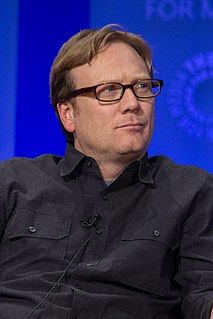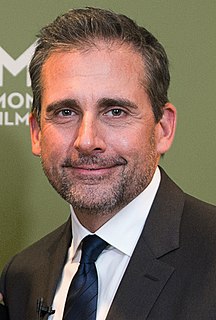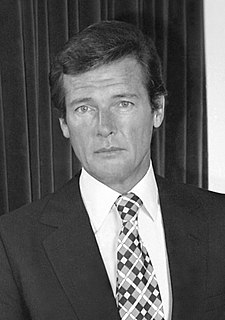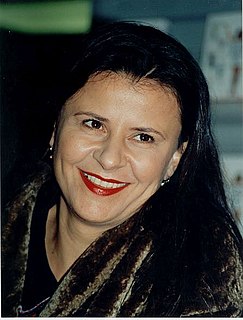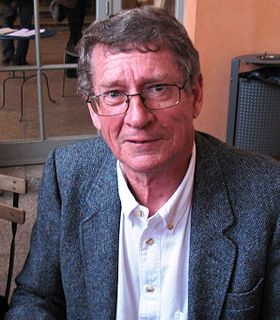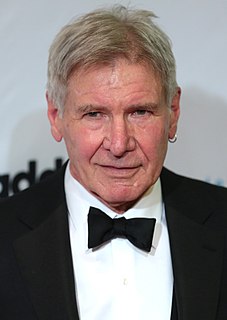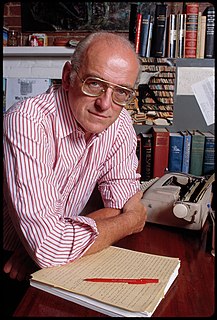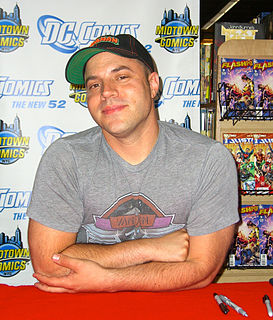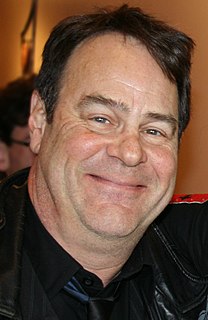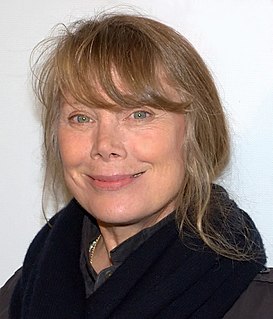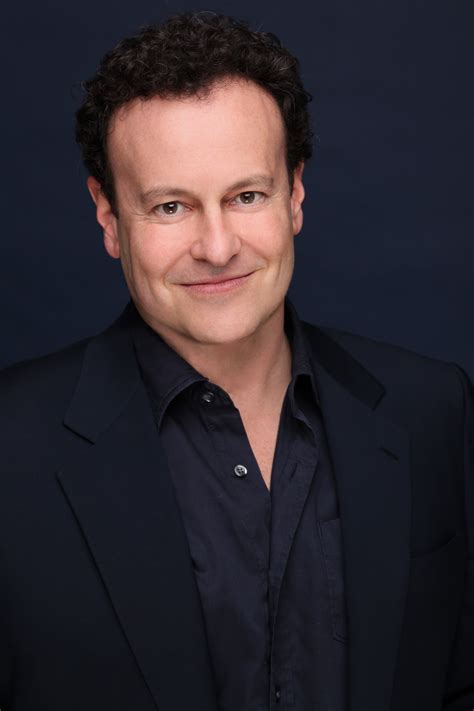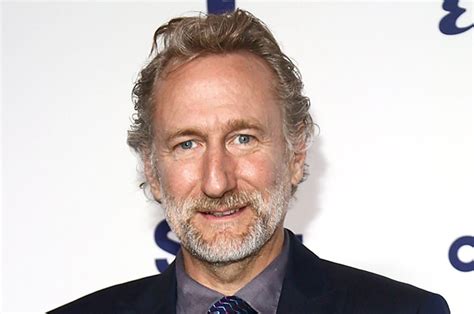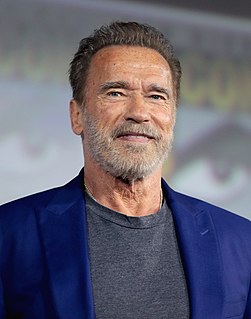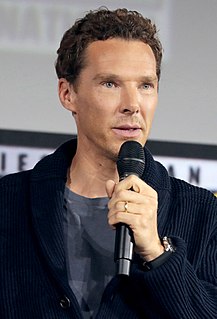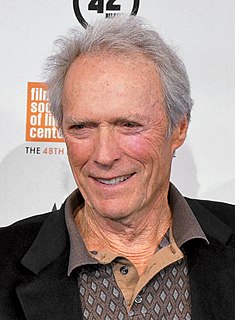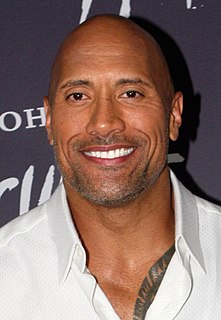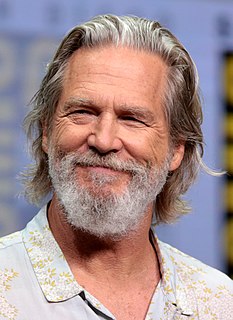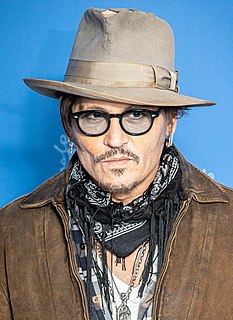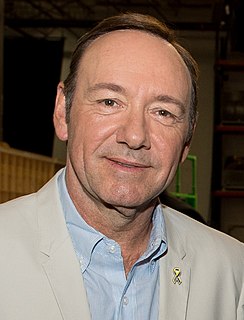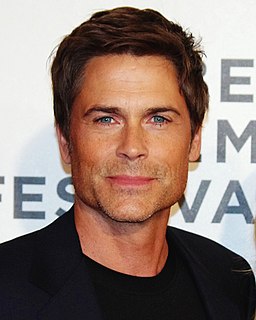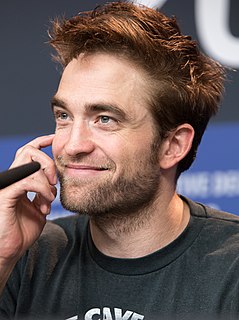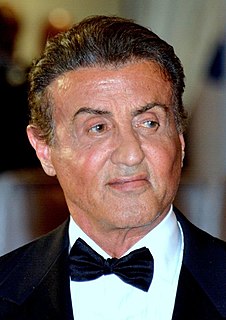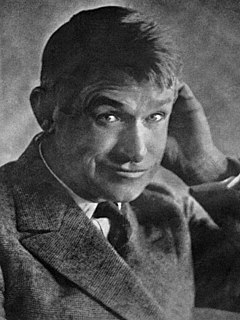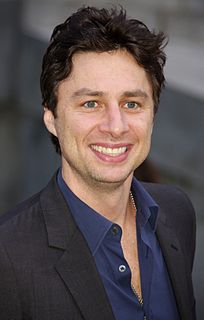A Quote by Andy Daly
I prefer not to wink out from behind the character as myself, saying to the audience, "It's just me here, right, guys?" Peter Sellers is my model, and he didn't do that - he wore his character from head to toe.
Related Quotes
Movie stars exaggerate certain things to let the audience know they're just playing a character, as if they're saying, "Look at me, I'm not really an old man, I'm just playing one." Or "I'm not really a homosexual, I'm just playing a gay character. Or an alcoholic. Or somebody who's mentally impaired." They often do it very successfully and win awards for it.
I think you should identify with your character, but plenty of people like themselves and hate themselves. You just have to find out what's truthful for the person you're playing. When people talk about that, I think what they're saying is that as an actor, as Peter, you don't want to make a judgment that comes from your worldview about the character. Your judgments should be coming from the place of the character, and within that space, sure, you could love or hate yourself or whatever you think is most appropriate.
American Graffiti was the first movie where the director let me have any input. It was the first time anyone ever listened to me. George thought my character should have a crew cut, but I wasn't happy with that idea. I'd always had pretty long hair back then - in college, particularly - so I told George my character should wear a cowboy hat. George thought about it and he remembered a bunch of guys from Modesto, California, who cruised around, like my character, and wore cowboy hats, so it turned out that it actually fit the movie.
At the time, I used to say, "We should market this like Everybody Loves Raymond. It's just a guy dealing with his family." Instead, it was irresistible to show all these funny people. So, I actually think this could be more inviting to a new audience because they can just watch one character, find out what's going on in his life, and then meet another character and find out what's going on in her life, and then see how it intersects the other one.
